
Welcome to the world of fashion sewing! This guide offers a comprehensive resource for both beginners and advanced sewers, blending creativity with technical skills to create stunning garments. Explore essential tools, techniques, and resources to master the art of fashion sewing, from basic stitches to advanced construction methods. Perfect for crafting unique, well-fitted pieces that reflect your personal style.
The Evolution of Fashion Sewing
Fashion sewing has evolved significantly over centuries, from hand-stitching in ancient times to modern machine-based techniques. The Renaissance introduced tailored garments, while the Industrial Revolution brought sewing machines, making fashion more accessible. Today, fashion sewing combines traditional craftsmanship with advanced technology, offering endless creative possibilities. This evolution reflects cultural and technological advancements, shaping the way garments are designed, constructed, and personalized. Understanding this journey enriches the sewing experience, bridging the past with contemporary practices.
Benefits of Learning Fashion Sewing
Learning fashion sewing offers countless benefits, from fostering creativity to providing practical skills. It allows for self-expression, enabling the creation of unique, personalized garments. Sewing skills empower individuals to repair and alter clothes, saving money and reducing waste. It also opens doors to career opportunities in fashion design and tailoring. Additionally, sewing promotes patience, precision, and a sense of accomplishment. Whether for personal enjoyment or professional growth, mastering fashion sewing enhances both creativity and confidence, offering a lifelong skill with endless possibilities.
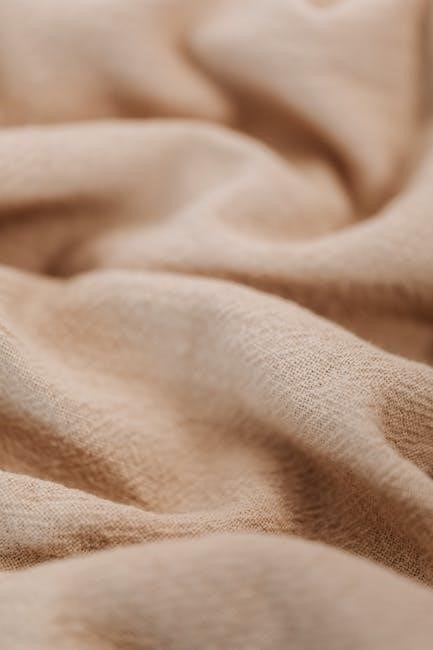
Essential Tools and Equipment for Fashion Sewing
Sewing machines, measuring tapes, scissors, pins, and seam rippers are must-haves. A dressmaker’s dummy and ironing board ensure accuracy and professional finishes, enhancing your sewing experience.
Must-Have Tools for Every Sewing Kit
A well-stocked sewing kit includes essential tools like sharp scissors, a reliable sewing machine, and an adjustable measuring tape. Pins, a seam ripper, and a sewing gauge are indispensable for precision. A dressmaker’s dummy allows for accurate fitting, while an iron and ironing board are crucial for pressing fabrics and seams. Add a ruler, fabric chalk, and a set of hand-sewing needles for versatility. These tools form the foundation for successful garment construction, helping you achieve professional results every time.
Understanding Sewing Machines and Notions
A sewing machine is a cornerstone of fashion sewing, offering versatility for various fabrics and techniques. Mechanical machines are great for basics, while computerized models provide advanced features. Notions like threads, zippers, and buttons are essential for completing projects. Interfacing and stabilizers add structure, while snaps and hooks offer functional closures. Mastery of these tools enhances your sewing experience, enabling you to craft professional-quality garments with ease and precision. Understanding their use is key to unlocking your full creative potential in fashion sewing.
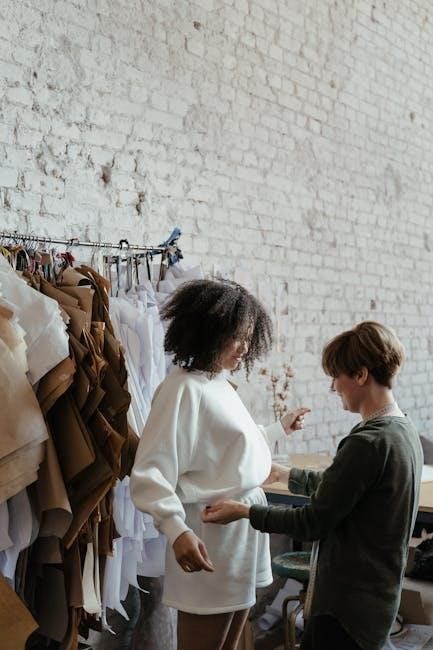
Fabric Selection and Preparation
Fabric selection is crucial for successful sewing projects. Choose fabrics suitable for your pattern, considering fiber content, weight, and drape. Pre-wash and iron fabrics before cutting to ensure proper fit and finish, avoiding shrinkage and distortion during sewing. This step ensures your garments look professional and last longer.
Choosing the Right Fabric for Your Project
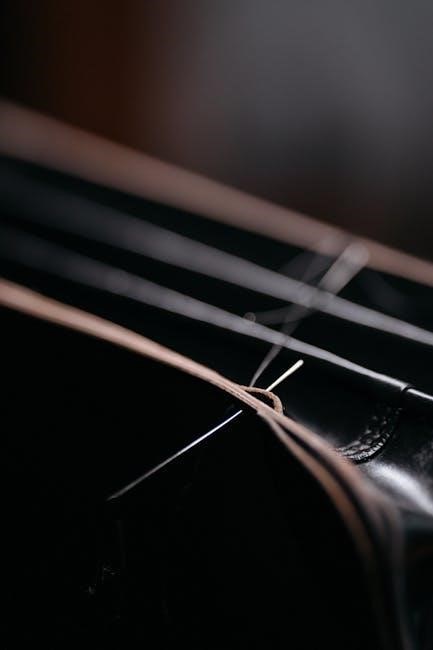
Selecting the right fabric is essential for a successful sewing project. Consider the pattern’s requirements, your lifestyle, and the desired look. Cotton, linen, and rayon are ideal for casual wear, while silk, satin, and velvet suit formal occasions. Knits like jersey and fleece are perfect for stretchy garments. Always check the fiber content, weight, and drape to ensure compatibility with your design. Pre-wash fabrics to account for shrinkage and ensure a professional finish. Choose fabrics that reflect your personal style for timeless, well-crafted pieces.
Preparing Fabric for Sewing: Tips and Tricks
Proper fabric preparation ensures a professional finish. Start by pre-washing fabrics to account for shrinkage and texture changes. Iron fabrics while damp to remove wrinkles and even out the grain. Remove selvage edges to prevent distortion during sewing. Use a rotary cutter or sharp scissors for precise cutting. Pin-fit fabrics before sewing to make final adjustments. For knits, stabilize shoulder seams with stay tape. Always handle delicate fabrics gently and use a walking foot for smooth sewing. These steps ensure your fabric is ready for a flawless project.
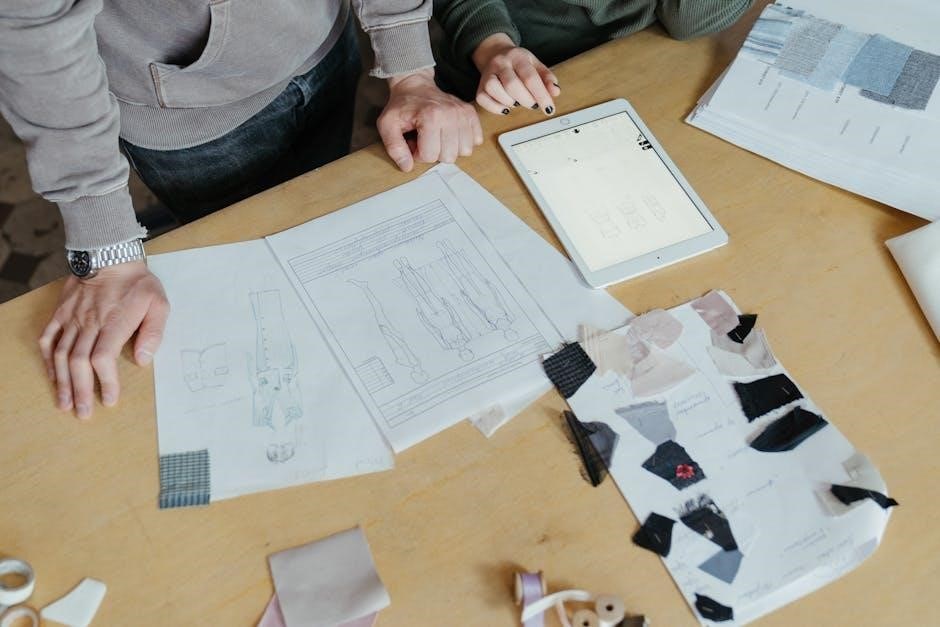
Understanding Sewing Patterns
Sewing patterns serve as blueprints for garment construction, providing measurements, grain lines, and seam allowances. They guide fabric cutting and assembly, ensuring accurate fits and professional results.
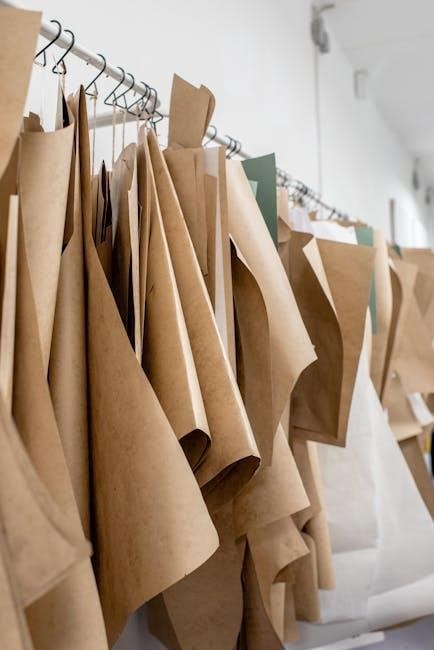
How to Read and Interpret Sewing Patterns
Reading sewing patterns involves understanding symbols, markings, and instructions. Patterns include grain lines, cutting layouts, and seam allowances. Start by identifying the pattern pieces and their labels. Look for notches, dots, and lines, which guide fabric alignment and construction. Instructions outline sewing sequences, from cutting to finishing. Practice matching symbols to steps, ensuring accurate garment assembly. Online tutorials and guides can help clarify complex markings, making pattern interpretation easier for all skill levels. Mastering this skill enhances sewing accuracy and confidence.
- Understand pattern symbols and markings.
- Follow grain lines for proper fabric alignment.
- Use notches and dots to match pieces accurately.
- Refer to instructions for step-by-step guidance.
Customizing Patterns for a Perfect Fit
Customizing sewing patterns ensures a tailored fit and personal style; Start by adjusting measurements to match your body. Use techniques like pin-fitting, tissue-fitting, or muslin prototyping to test patterns before cutting fabric. Alterations such as lengthening, shortening, or reshaping sleeves and hemlines can enhance comfort and aesthetics. Tools like dress forms or fitting partners help refine fit. Detailed guides and online tutorials provide step-by-step instructions for common adjustments, ensuring garments flatter your figure and meet your creative vision.
- Adjust patterns to match body measurements.
- Use fitting techniques to refine designs.
- Alter lengths, sleeves, and shapes for personal style.
- Utilize tools and guides for precise adjustments.
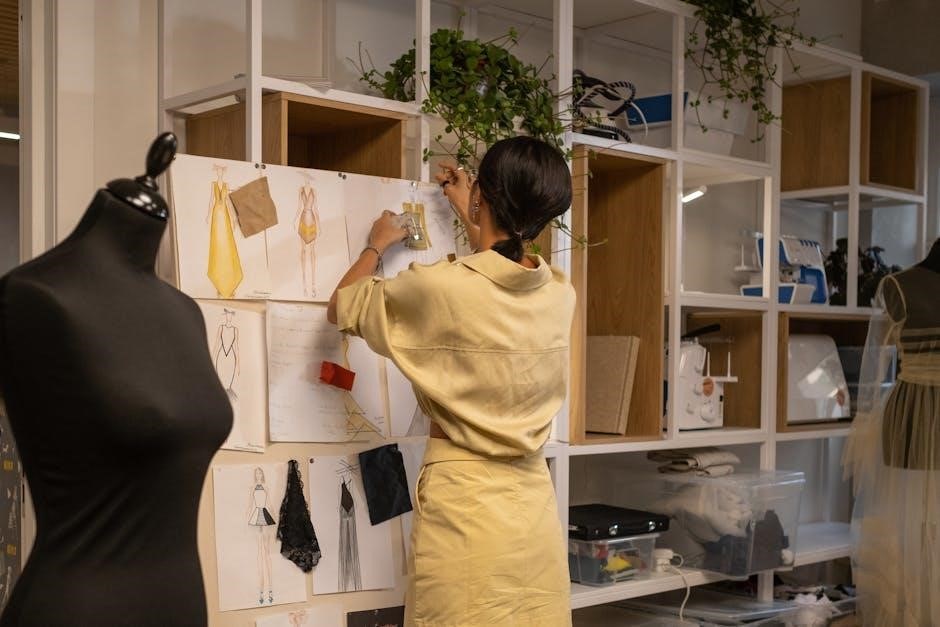
Basic and Advanced Sewing Techniques
Master essential sewing skills, from basic stitches to advanced methods. Techniques include French seams, hemming knits, and coverstitch for professional finishes. Explore specialized skills like zippers, buttonholes, and embroidery for decorative flourishes.
Mastering Basic Stitches and Seams
Mastering basic stitches and seams is fundamental to fashion sewing. Start with simple straight stitches and backstitches for securing fabric. Learn the running stitch for gathering and the slip stitch for invisible hems. Practice French seams for a professional finish and flat-felled seams for durability. Understanding seam allowances is crucial, typically 5/8 inch in the fashion industry. These techniques form the foundation for constructing garments confidently and efficiently, ensuring a polished and long-lasting result.
Advanced Techniques: Zippers, Buttonholes, and More
Mastering advanced techniques like zippers and buttonholes elevates your fashion sewing projects. Start by learning to install zippers smoothly, using a zipper foot for precision. Create professional-looking buttonholes using your sewing machine or by hand. Explore additional techniques such as hemming knits, sewing curves, and applying decorative seams. These skills enhance garment construction, ensuring durability and a polished finish. With practice, you’ll confidently tackle complex projects, achieving professional-quality results that elevate your sewing creations to the next level.
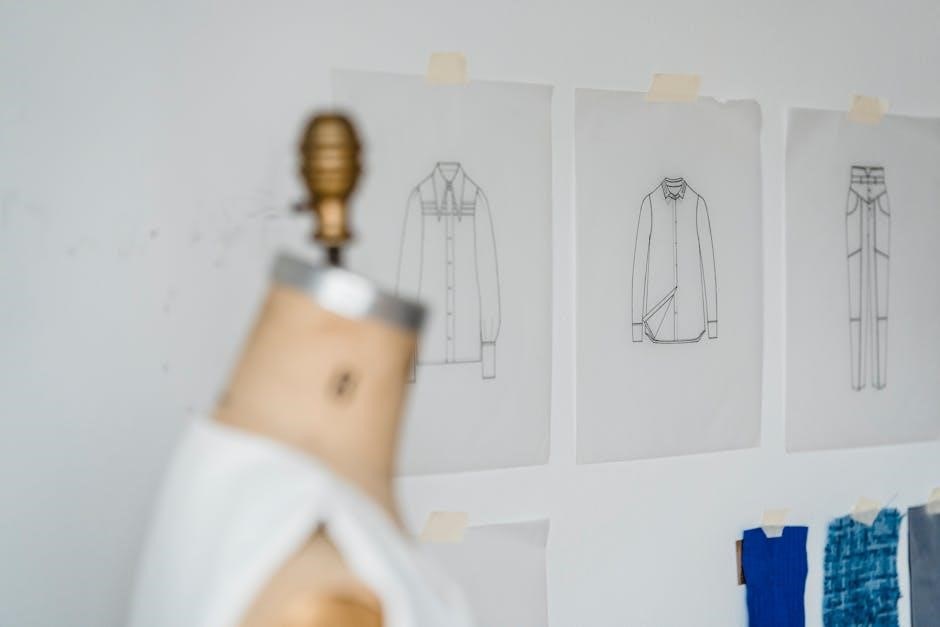
Free Sewing Patterns and Tutorials
Discover a wealth of free sewing patterns and tutorials online. Mood Fabrics offers complimentary patterns, while blogs like Sewguide provide step-by-step guides for various projects, from dresses to accessories, perfect for enhancing your sewing skills.
Exploring Free Resources for Fashion Sewing
Unlock a world of creativity with free sewing resources! Websites like Mood Fabrics and Sewguide offer complimentary patterns and tutorials, perfect for beginners and experienced sewers alike; Discover step-by-step guides for crafting dresses, accessories, and more. These resources often include detailed instructions, video tutorials, and interactive exercises to enhance your sewing skills. Whether you’re making a chic dress or home decor, free sewing patterns and tutorials provide endless inspiration and practical knowledge to bring your fashion ideas to life.
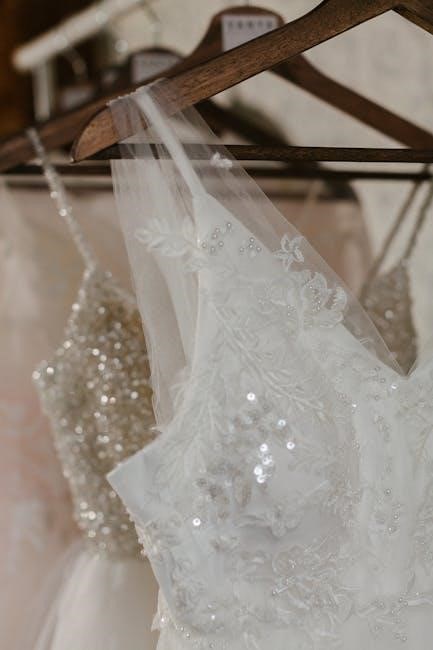
DIY Projects for Beginners and Experienced Sewers
From simple to sophisticated, DIY sewing projects offer endless creativity! Beginners can start with elastic-waist pants or a box dress, while experienced sewers can tackle tailored dresses or androgynous designs. Free patterns like the Mendocino A-Line Dress or Jolie Sweep Dress provide clear instructions for gorgeous results. Explore tutorials for mastering techniques like French seams or coverstitching. Whether crafting garments or home decor, these projects inspire confidence and skill growth, helping you create unique pieces that reflect your personal style and flair.
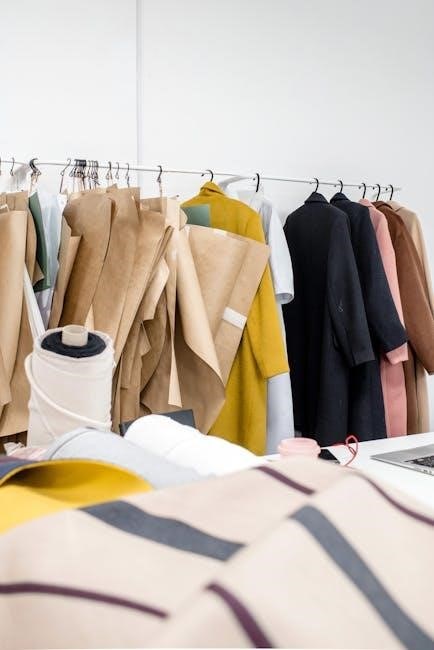
Tips for Success in Fashion Sewing
Master fashion sewing by pinning fabrics meticulously, selecting the right tools, following patterns accurately, and practicing regularly; Embrace mistakes as learning opportunities to refine your skills and create flawless garments.
Common Mistakes to Avoid
When diving into fashion sewing, it’s essential to avoid common pitfalls. Incorrect fabric selection, ignoring seam allowances, and poor pinning techniques can ruin a project. Neglecting to pre-wash fabrics or failing to follow pattern instructions closely often leads to fitting issues. Rushing through steps, like skipping staystitching or not pressing seams, can result in a less professional finish. Additionally, using low-quality tools or notions can compromise the final outcome. By addressing these mistakes and taking the time to plan carefully, you’ll achieve more polished and professional-looking garments.
Troubleshooting and Perfecting Your Skills
Mastering fashion sewing requires patience and practice. Identify common issues like uneven seams or fabric misalignment by carefully inspecting your work. Pressing seams properly and using staystitching can prevent distortions. If a garment doesn’t fit, adjust patterns before cutting fabric. Practice on scrap material to refine techniques. Watching tutorials or consulting sewing guides can help resolve specific challenges. Over time, these problem-solving techniques will enhance your skills, ensuring professional-looking results and boosting your confidence in creating custom garments.